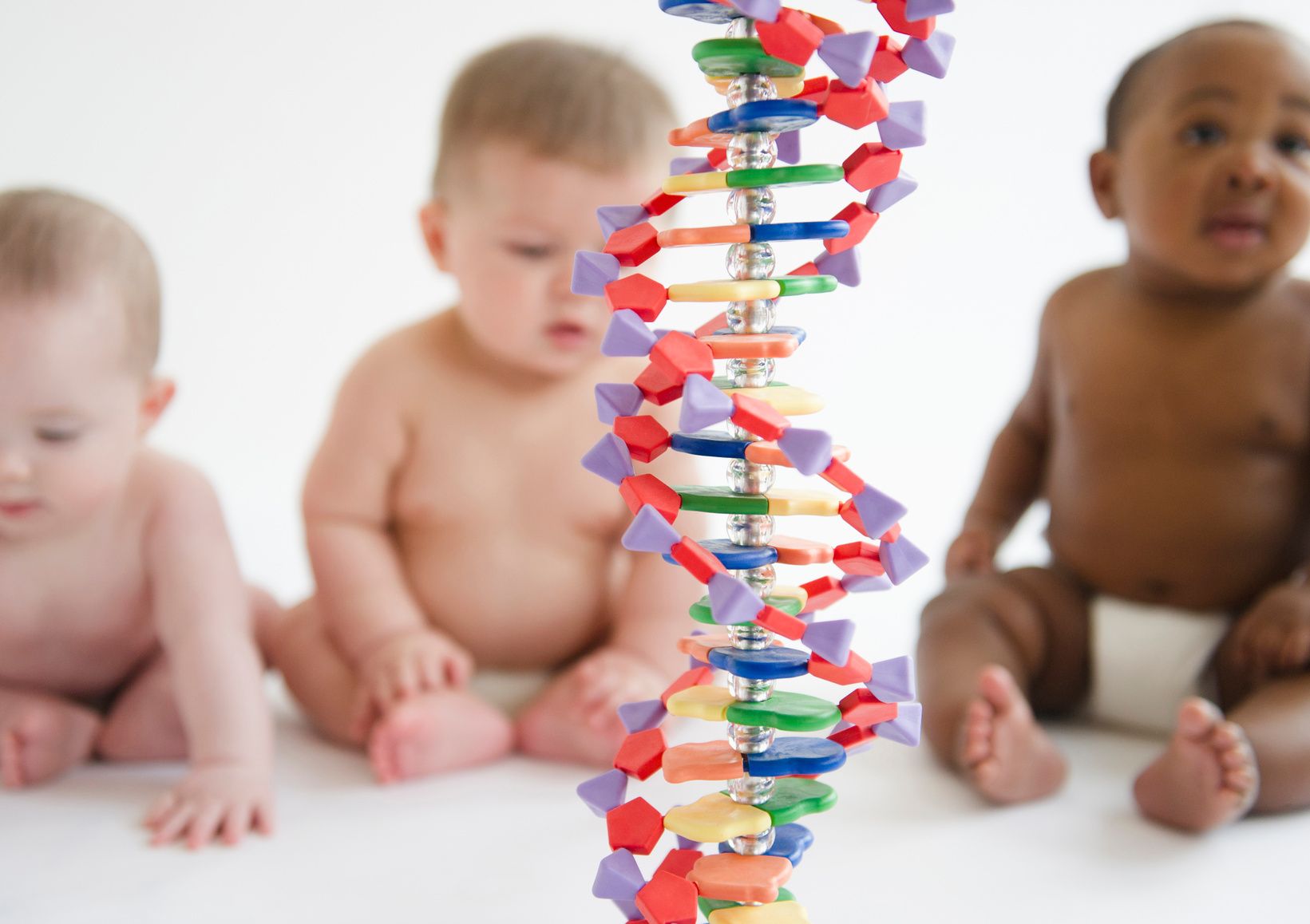WGS Twice as Effective as Targeted Gene Sequencing In Detecting Infant Genetic Disorders
Whole genomic-sequencing achieved a higher molecular diagnostic yield but had a longer time to return of results than a targeted neonatal gene-sequencing test.
WGS can identify variants in all 20,000 genes in the human body, and NewbornDx or targeted gene sequencing can find variants in 1,722 genes known to be linked to genetic disorders in newborns and infants. © JGI/Jamie Grill/Blend Images - stock.adobe.com

Whole genome sequencing (WGS) is nearly twice as effective as a targeted gene sequencing test when identifying suspected genetic disorders in newborns and infants.
In a study recently published in JAMA Network, researchers of Tufts Medical Center in Boston compared the outcomes of genomic sequencing with to those of targeted neonatal gene-sequencing tests, as it has been unclear whether each provides comparable results.
The Genomic Medicine for Ill Neonates and Infants (GEMINI) study was a multicenter study comprised of 400 hospitalized infants under a year old who were suspected of having a genetic disorder. Infants in the study were analyzed at 6 different United States hospitals from June 2019 to November 2021.
The newborns received WGS and the targeted gene sequencing test NewbornDx. WGS can identify variants in all 20,000 genes in the human body, and NewbornDx or targeted gene sequencing can find variants in 1,722 genes known to be linked to genetic disorders in newborns and infants.
Researchers looked for molecular diagnostic yield suspecting a disorder (participants with 1 or more pathogenic variant or a variant of unknown significance), the time to return of results and changes in patient care.
Data revealed WGS detected a genetic disorder in 49% of patients while the targeted gene sequencing tests identified a genetic disorder in 27% of patients. Genomic sequencing missed 19 variants found by targeted sequencing, however targeted sequencing tests also missed 164 of diagnoses that WGS captured. Of the genetic disorders, 134 were newly discovered.
Overall, 51% of patients were diagnosed with a genetic disorder detected from either test.
However, there are limitations to WGS and to the GEMINI study.
Researchers noted it took 6 days for WGS compared to the 4 days of targeted testing to receive results. WGS is also a more expensive test — ranging anywhere from $1,000 - $5,000 per panel, according to Sequencing.com. In addition, it only detects genetic disorders in infants and newborns and no further diseases as they get older.
It’s suggested in a report by Tuft researchers reviewing the study, that GEMINI presents a concern as there’s a lack of standardization in neonatal genetic interpretation. For example, in 40% of cases, different laboratories disagreed on whether a mutually acknowledged gene abnormality was the cause of the suspected disorder.
Though, in the report discussing study results, co-principal investigator of the study and chief of Newborn Medicine at Tuft, Jonathan Davis, MD, said more than half of the babies studied had a genetic disorder that would have remained undetected at most hospitals across the country if not for the genome sequencing technologies.
“Successfully diagnosing an infant's genetic disorder as early as possible helps ensure they receive the best medical care,” Davis said. “This study shows that WGS, while still imperfect, remains the gold standard for accurate diagnosis of genetic disorders in newborns and infants.
Preterm infant mortality in the U.S. has dropped, but remains high for Black infants
September 6th 2023The mortality rate has dropped for Black premature infants, but they are still 1.4 times more likely to die than White premature infants, according to findings reported in JAMA Pediatrics today.
Read More
Warning Letters Were Issued to Infant Formula Manufacturers by the FDA For Violations
September 5th 2023Warning letters were issued to infant formula manufacturers ByHeart Inc., Mead Johnson Nutrition (Reckitt), and Perrigo Wisconsin LLC for violations of the Federal Food, Drug, and Cosmetic Act (FD&C Act), the federal agency stated in a press release.
Read More
FDA Approves First RSV Vaccine for Pregnant Women to Protect Infants
August 24th 2023Monday’s action followed by one month the agency’s approval of another first — a monoclonal antibody immunization for newborns — against respiratory syncytial virus, the leading cause of infant hospitalizations in the United States
Read More